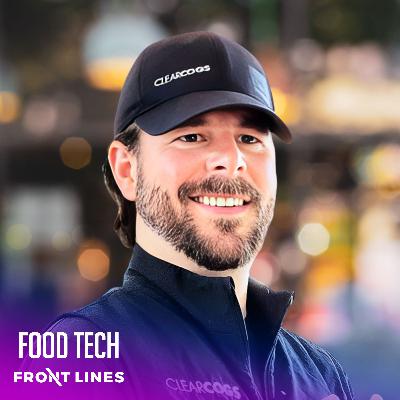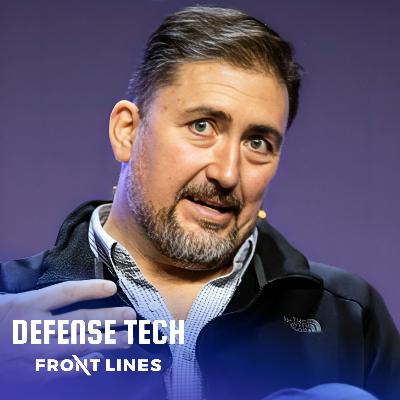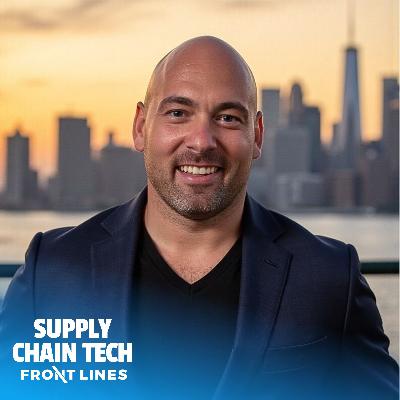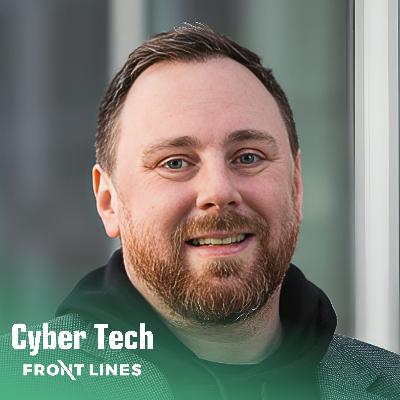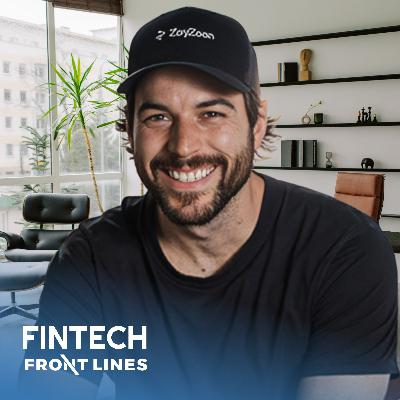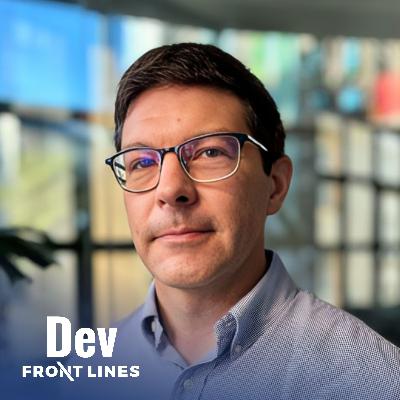Why First Resonance killed their PLG motion and rebuilt for enterprise manufacturing sales | Karan Talati
Description
First Resonance provides factory orchestration and coordination software for scaling hardware companies. Founded by SpaceX veterans in 2019, the company focused on filling the gap between legacy manufacturing systems and the needs of emerging hard tech startups. In a recent episode of Category Visionaries, we sat down with Karan Talati, CEO & Co-Founder of First Resonance, to learn about the company's journey building Ion—their manufacturing operations platform—and how they're enabling companies scaling from R&D prototypes to production manufacturing across aerospace, defense, nuclear energy, and advanced manufacturing.
Topics Discussed:
- Karan's time at SpaceX during hypergrowth (employee 2,000 to 6,000+) and the transition from single rocket design to production operations
- Why First Resonance walked away from pursuing legacy aerospace and defense giants
- The failed PLG experiment and pivot to enterprise sales with product analytics for expansion
- How the "new space" pattern is repeating in nuclear energy and other hard tech verticals
- Market expansion from aerospace into nuclear energy over the past three to four years
- Advanced manufacturing technology convergence enabling electric aviation (battery density, composite manufacturing, 3D printing)
- AI's role in breaking down knowledge silos between mechanical, electrical, and software engineering
- Defense contractor security requirements: CMMC, FedRamp, and NIST 800-171
- Brand strategy targeting the new manufacturing workforce versus the retiring old guard
GTM Lessons For B2B Founders:
- Kill upmarket plans when your core segment outpaces them: First Resonance planned to move from scale-ups to traditional defense and aviation giants. They didn't execute. Karan found that staying with scaling startups delivered faster growth and higher ROI than "long sales cycles" with customers "averse to modern technology." The lesson isn't about patience with enterprise—it's about recognizing when your initial segment is expanding faster than you can capture it. If your TAM is growing 40%+ annually from customer expansion alone, moving upmarket is a distraction.
- Test PLG fast, kill it faster in multi-stakeholder environments: First Resonance ran a PLG experiment and "quickly learned it does not" work in manufacturing. The buying process involves "centralized, coordinated, orchestrated, many decision makers, many influencers." But they kept the instrumentation. They use "product utilization and usage and engagement" data to "package subsequent value" for renewals and expansion. The tactical move: instrument your product like PLG, sell like enterprise, and use analytics to drive net dollar retention during annual renewals.
- Treat cloud service provider status as a wedge, not overhead: As a cloud service provider to defense contractors, First Resonance maintains compliance with CMMC, FedRamp, and NIST 800-171. Rather than viewing this as cost center, Karan noted "regulations are getting easier, not harder" and that this is "a benefit to innovators." For B2B founders selling to regulated industries: invest in compliance infrastructure early, monitor regulatory roadmaps (like FedRamp 20x), and position compliance as competitive moat when competitors can't move as quickly.
- Pattern match your wedge vertical to adjacent disruption: First Resonance saw their aerospace playbook repeat in nuclear energy "literally in the last three, four years." The pattern: legacy incumbents "too big to fail" but "so large and inertial, so hard to move, that startups are going to have to come in and close that gap." When one vertical shows this pattern, adjacent industries with similar incumbent dynamics are expansion candidates. The key signal: former SpaceX/Tesla talent founding companies in that vertical.
- Design brand for the incoming generation, not the incumbent buyer: With the old guard "rapidly retiring" and manufacturing becoming "cool," First Resonance built a brand with "bold colors and straight lines" that "combines cybernetic systems with inspiration from the Matrix." Karan explicitly rejected softer design trends: "throw all that out." For technical products in industries with demographic shifts, design for the 30-year-old engineer who will champion your tool, not the 55-year-old executive who signs the contract.
- Deepen rather than proliferate when customers expand physically: First Resonance doesn't worry about logo count because their customers are "scaling in terms of factory square footage and the number of teams." Their expansion motion: "observe product analytics and customer signals and package subsequent value" for upselling during renewals. The tactic works because aerospace and energy have "a tailwind of decades." For infrastructure software with usage tied to physical operations: if customers are adding factories or production lines, you don't need new logos—you need seat expansion and module attach.
//
Sponsors:
Front Lines — We help B2B tech companies launch, manage, and grow podcasts that drive demand, awareness, and thought leadership. www.FrontLines.io
The Global Talent Co. — We help tech startups find, vet, hire, pay, and retain amazing marketing talent that costs 50-70% less than the US & Europe. www.GlobalTalent.co
//
Don't Miss: New Podcast Series — How I Hire Senior GTM leaders share the tactical hiring frameworks they use to build winning revenue teams. Hosted by Andy Mowat, who scaled 4 unicorns from $10M to $100M+ ARR and launched Whispered to help executives find their next role.
Subscribe here: https://open.spotify.com/show/53yCHlPfLSMFimtv0riPyM


